Battle of Towton – Britain’s Bloodiest Battle
Chances are most people have heard of the Battles of Hastings, Bannockburn, Bosworth Field and Marston Moor, which were all pivotal moments in British history resulting in significant changes to the existing order. However, none of these battles involved as many combatants or resulted in any where near the total numbers of dead and wounded as did the Battle of Towton, fought during a blizzard on Palm Sunday in 1461. Whereas the former battle sites are commemorated with monuments, visitor centres and the other accoutrements of historical fame, the Battle of Towton is virtually forgotten, with nothing more than a small cross to indicate where up to 28,000 Englishmen died on the bloodiest day of fighting ever to take place on British soil. I am on the inaugural tour of Medieval Britain: Castles, Cannons & Crowns with Canadian military history specialists Liberation Tours and today we will visit the site where the Battle of Towton was fought. We will learn from a husband and wife team exactly how an ordinary farmer could turn himself into a formidable soldier. Won’t you join us in exploring this almost forgotten piece of British history?
Why was the Battle of Towton Fought?
The Wars of the Roses (note Wars and not War, because there were really at least three separate wars with periods of peace in between 1455-1485) is one of the most confusing times in British history. However, it’s all set out in three minutes in this You Tube video after which I’m sure you’ll be an expert on the period.
On this tour we’ve already met some of the players in the thirty year long drama, first the Earls of Warwick at Warwick Castle and just yesterday at a re-enactment of the Battle of Tewkesbury where Edward IV once and for all disposed of the Lancastrians.
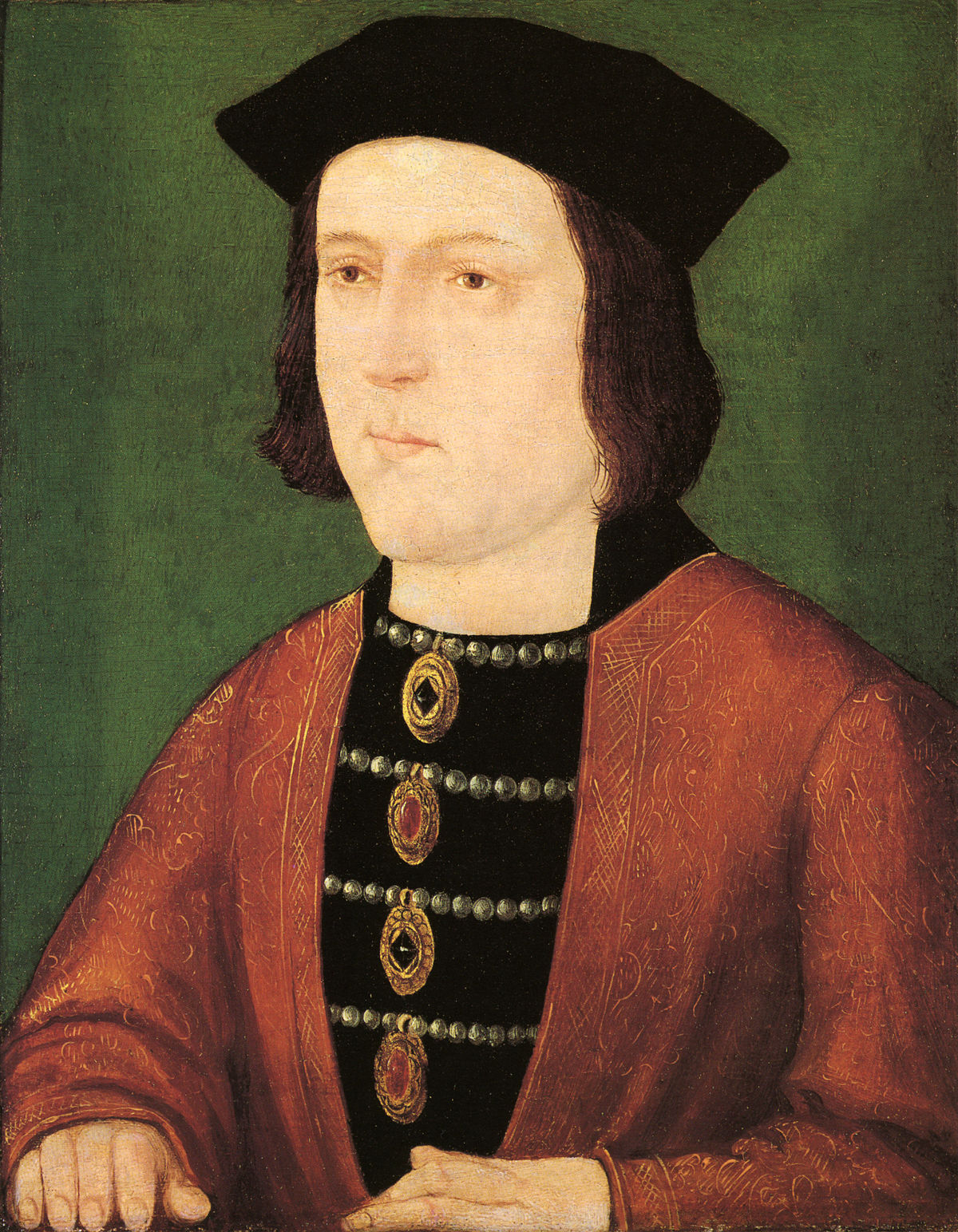
Now as we head north from Tewkesbury passing through the former industrial heartland of England, we step back ten years in time to the Battle of Towton which is where Edward IV secured his title to the English throne and became the first Yorkist king. The original Yorkist claimant to the kingship was Edward’s father, Richard Duke of York who had been promised the throne on the death of sitting King Henry VI who had fits of madness that made him a precursor to a certain modern day president.
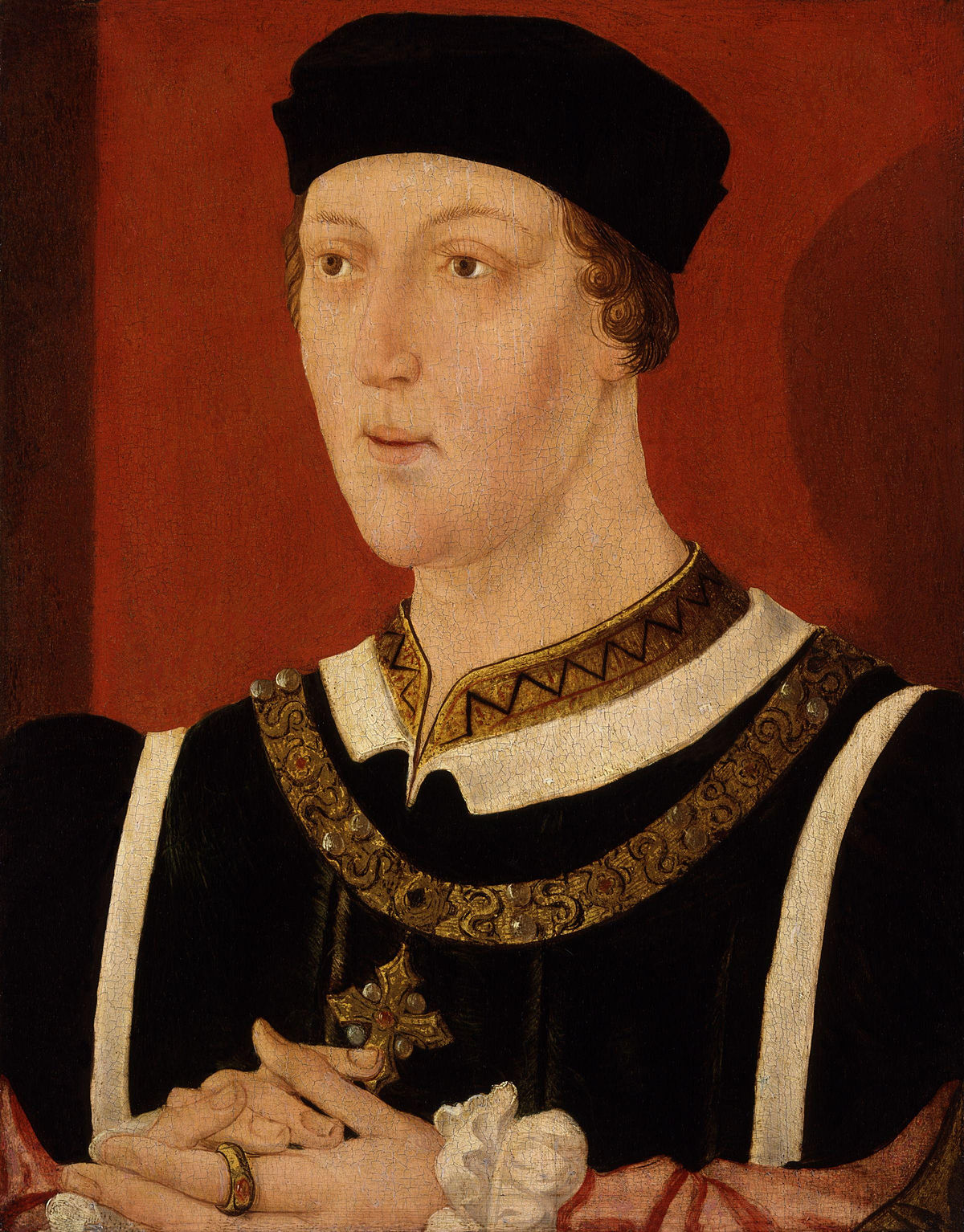
The Lancastrians reneged on the Act of Accord of 1460 that had guaranteed this arrangement and the second episode of violence that marked the Wars of the Roses broke out. At the Battle of Wakefield on December 30, 1460 the Yorkists were defeated and Richard and his second son, Edmund captured. They and other Yorkist nobles were decapitated and their heads put on display in the city of York, which counterintuitively was a Lancastrian stronghold. This made Edward the new Yorkist claimant to the throne and needless to say he was severely pissed off over the treatment afforded his father and brother. Henry had previously been captured and treated with respect, so the deliberate murders of Richard and Edmund was a new low. In Shakespeare’s Henry VI Part III the murder and torture of Richard is depicted as the epitome of cruelty with him being forced to wipe his face with a handkerchief covered with his son’s blood before being stabbed to death. Even though rarely performed these days, Shakespeare’s three part Henry VI followed by Richard III (My kingdom for a horse!) were the plays that first brought him to prominence on the English stage.
So the stage was set for an epic showdown not far from the city of York where Richard’s head was on a pike topped with a paper crown. There would be no mercy shown to the losers of the next encounter.
Visiting the Site of the Battle
The countryside around the small town of Towton, midway between Leeds and York, is rolling farmland with the cooling towers of a huge nuclear plant visible on the horizon. The only sign that we are near a famous battle site is a small cross and a sign indicating the way to the Battle of Towton trail which starts in Towton and traverses the large area where the battle was fought. We stop at the junction of a small country lane where we are met by a lady and gentleman dressed in 15th century attire. This is Helen Cox and she’s brought along her husband, who she affectionally refers to as Hubcap. This picture is of Helen and our tour leader Phil Craig as she explains the journey upon which we are about to embark.
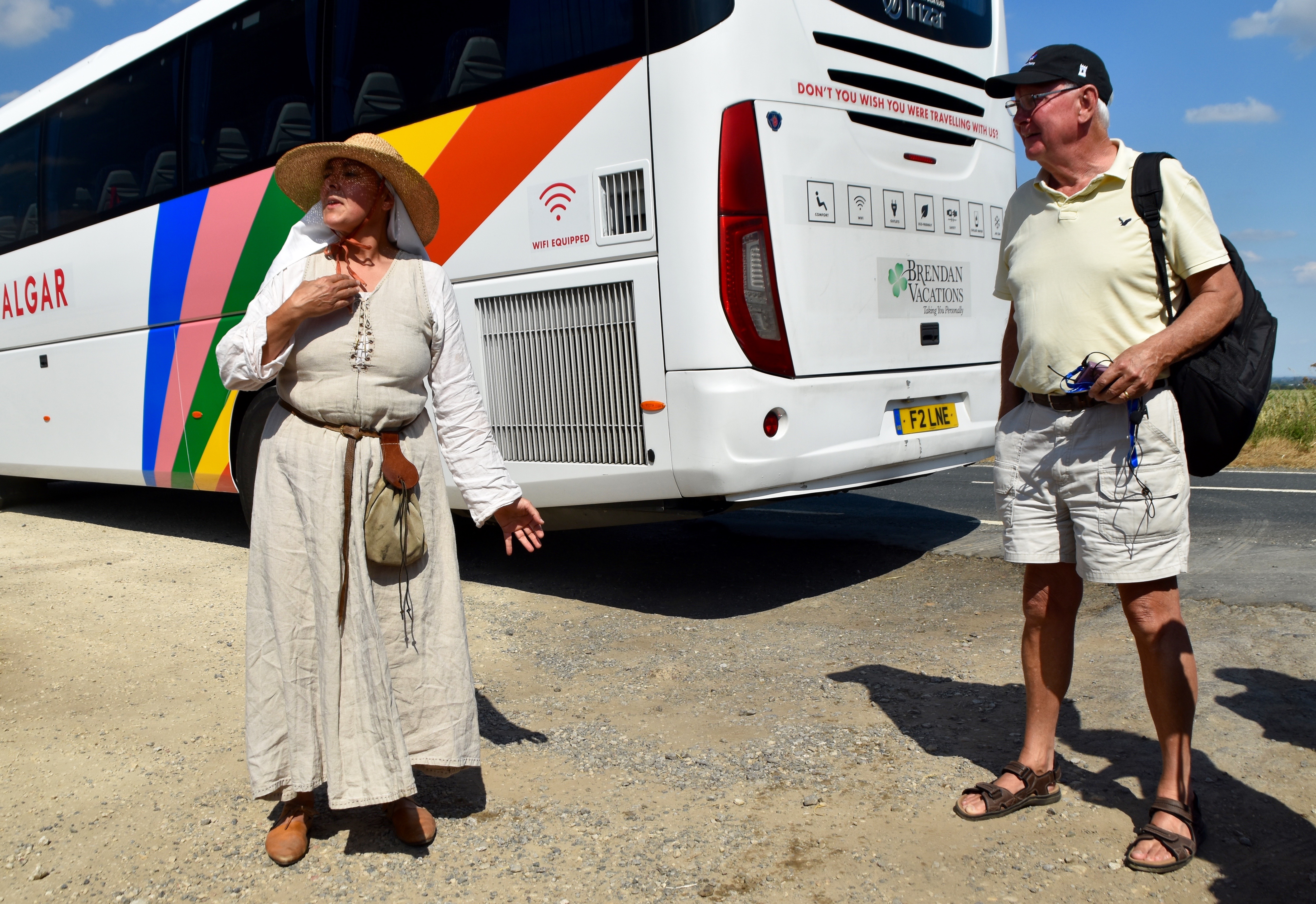
Helen Cox is by training an archaeological curator and by choice an expert upon the Wars of the Roses, in particular the Battles of Wakefield and Towton. Aside from writing The Battle of Wakefield Revisited in which she reconsiders whether Richard, Duke of York was as incautious and cocky as he is usually portrayed, she writes Game of Thrones’ like fiction under the pen name Rae Andrew. She also leads guided walks, gives interpretive ‘Herstory’ versions of ‘The soft underbelly of history’ and is an all round modern Renaissance woman.
She starts by giving us a detailed background to the Battle of Towton and points out the relative positions of the Yorks and Lancastrians.
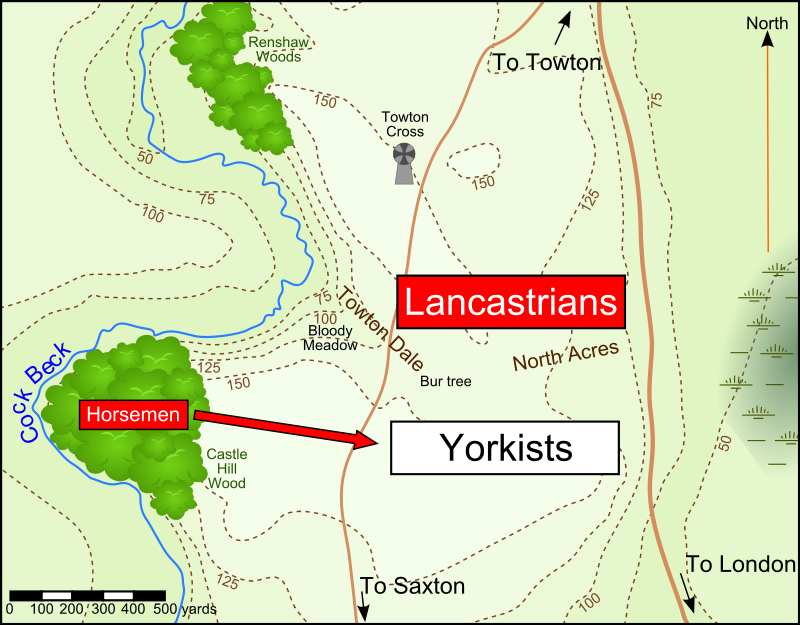
We are standing at the exact spot marked as Towton Cross on which Alison is standing to get a better view. It’s also called Dacre’s Cross because it is believed that this marks the spot where Lord Dacre fell in the battle.
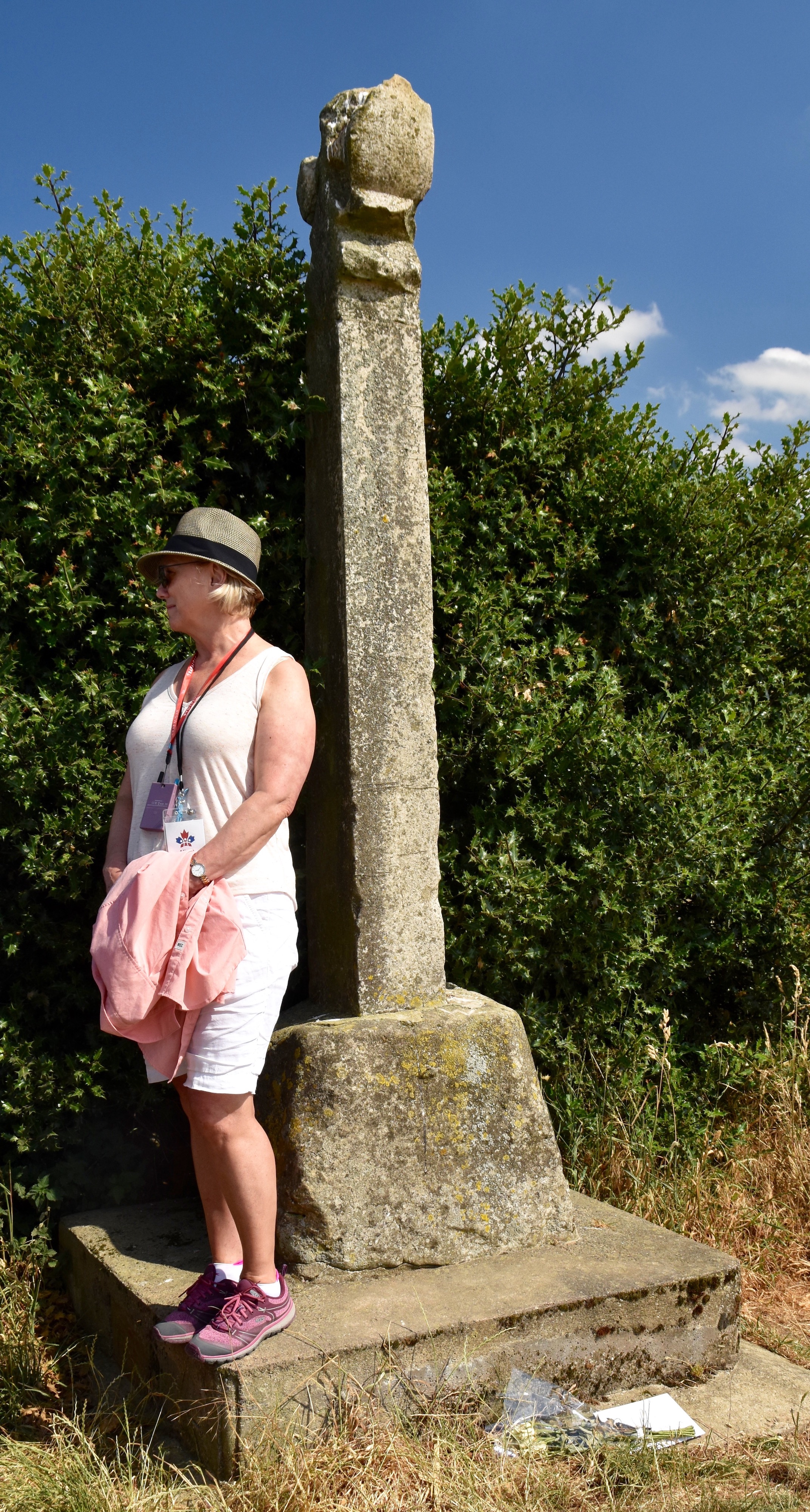
There are a lot of disputed facts about the Battle of Towton including how many combatants there actually were and how many were killed. However, it is generally agreed that the Yorkists were outnumbered by up to 10,000 men and that more people died here than at any other battle on British soil. The usual figure given is 28,000 which, if true, would make it even more terrible than the first day of the Battle of the Somme where just over 19,000 British troops died in one day. Even if the number is inflated and it almost certainly is, keep this in mind. The 19,000 killed at the Somme were done in by machine guns and heavy artillery, while those who died at Towton were slain by arrows or in hand to hand combat with axes, swords and pikes.
Speaking of arrows, the Battle of Towton was largely won by the Yorkist archers with a huge assist from mother nature. Even though it was almost April a huge wind blew up behind the backs of the Yorkist forces and in the face of the Lancastrians. Then it started snowing so that neither side could really see each other. The Yorkist archers, aided by the wind, were able to wreak havoc on the Lancastrians whose own arrows fell short. This sowed confusion in the ranks and eventually led to panic on the part of the Lancastrians. Helen and her husband have made a study of how the English bowman would prepare for battle. Here he is dressed as a simple farmer, called up for duty by his liege lord.
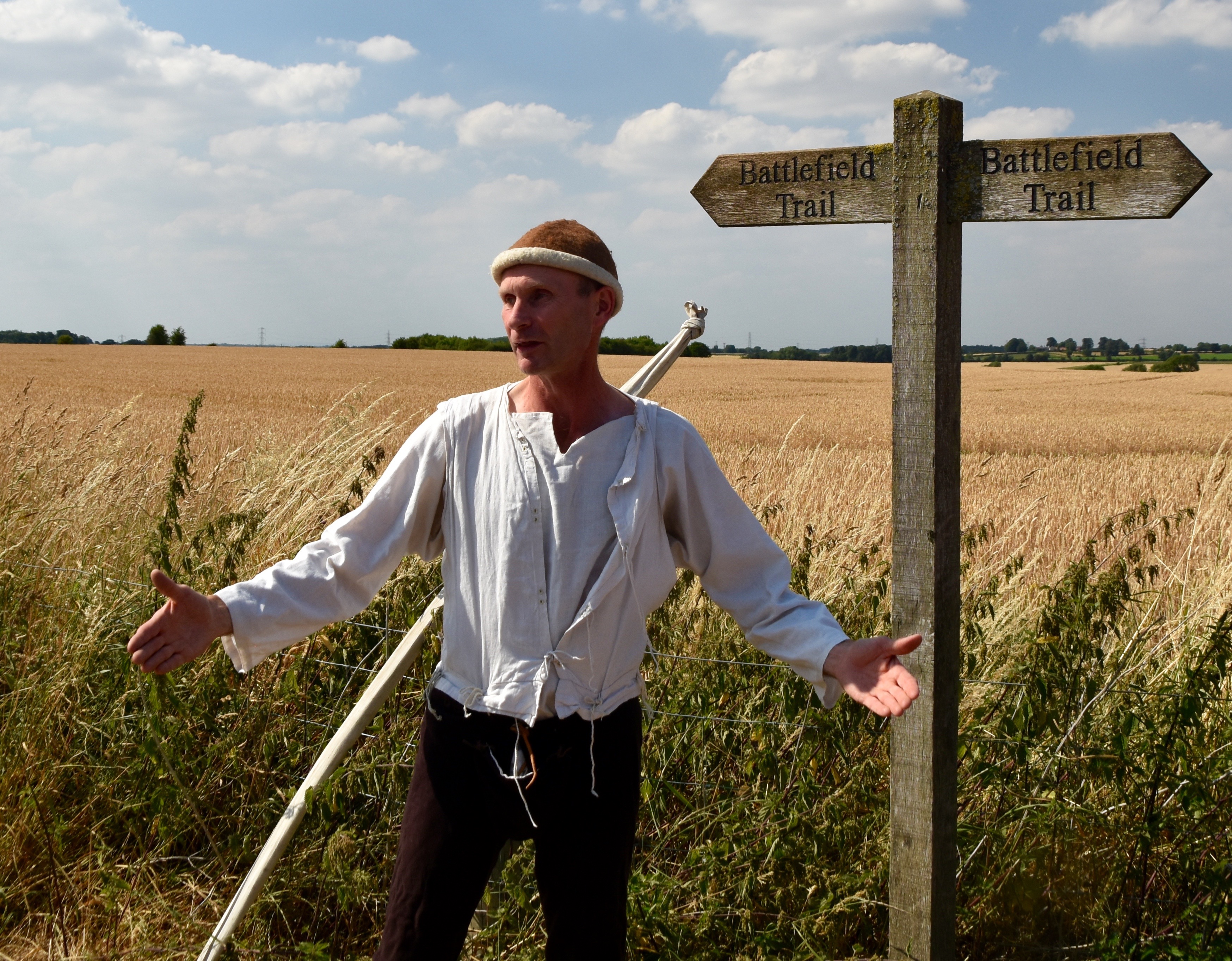
First he let me try on the armour worn by English archers at the time – it was unbelievably heavy and unwieldy. The strength of these guys must have been enormous.
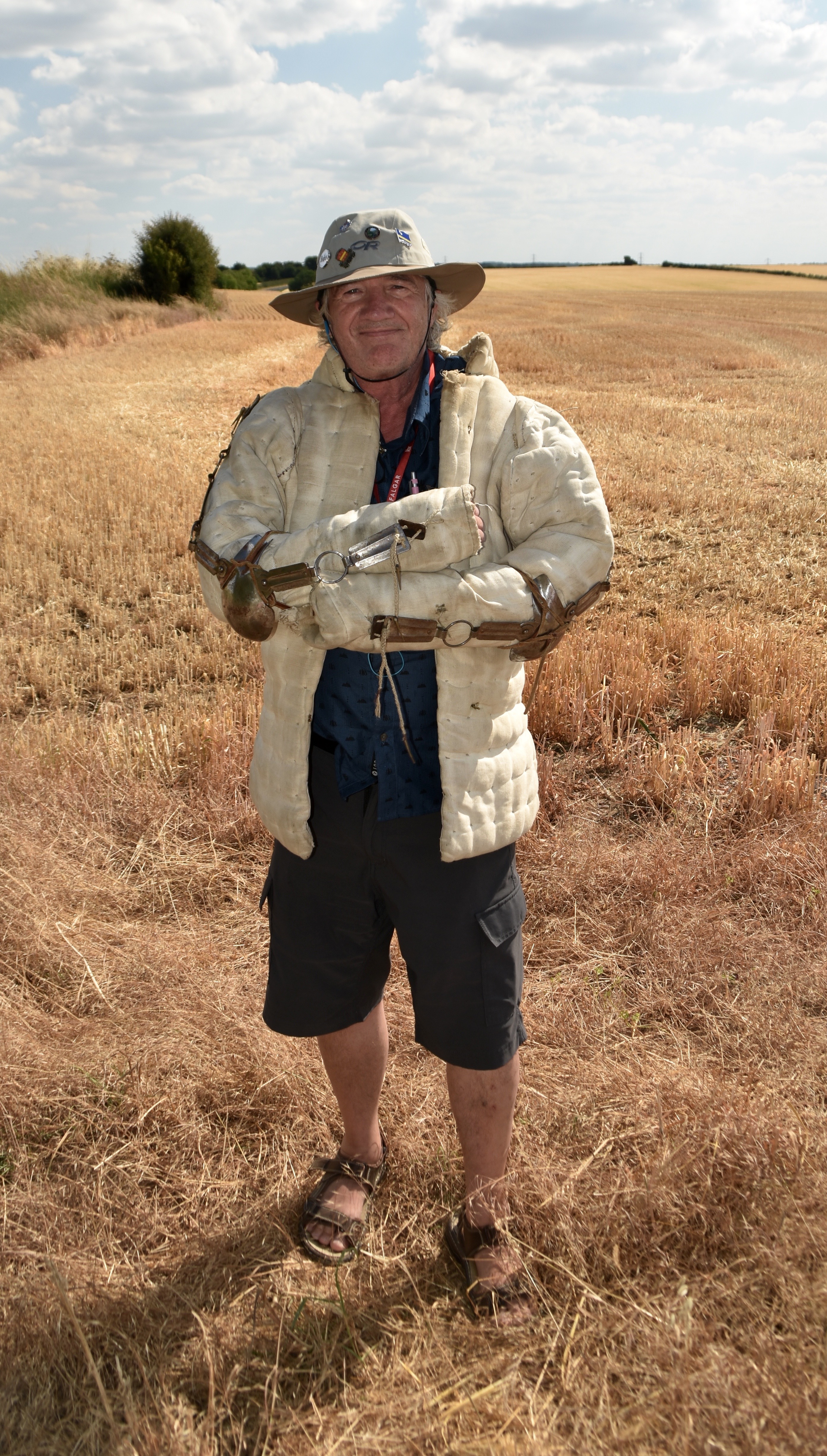
And here’s Hubcap decked out.
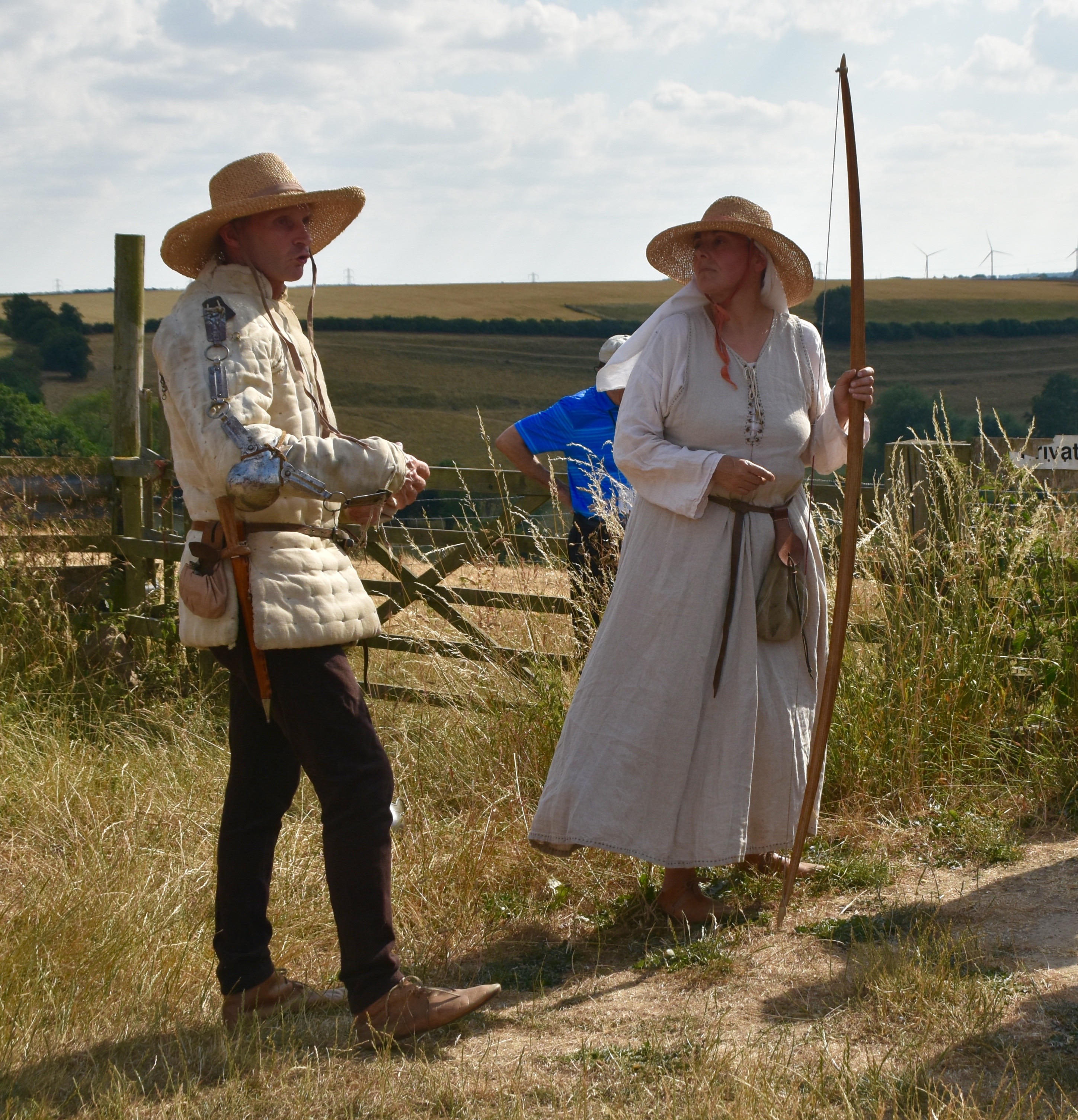
He also demonstrates the pikeman’s attire.
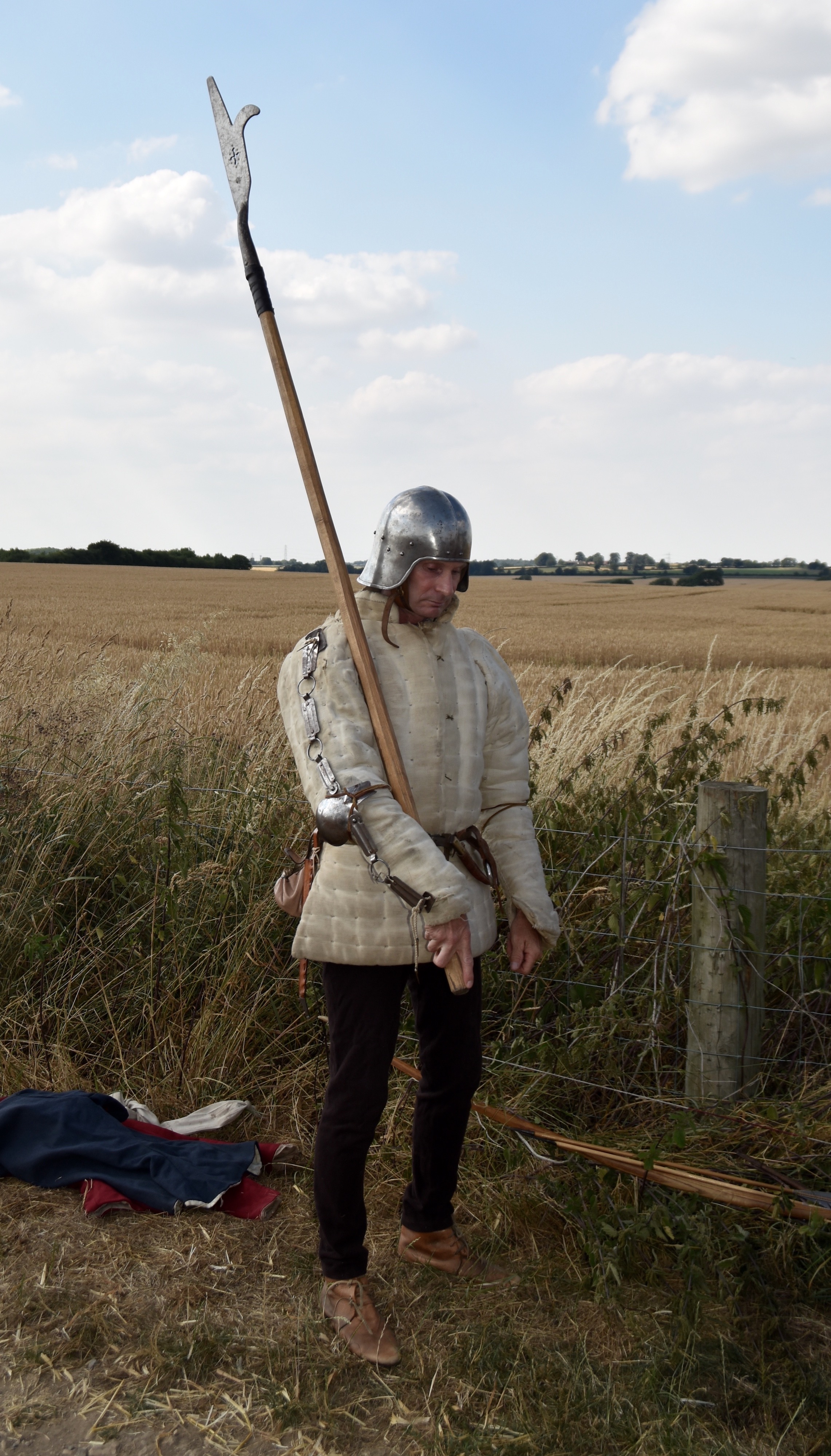
And gives a demonstration of the defensive pose of a soldier advancing in battle. If you think that small shield or buckler wouldn’t be of much use you’d be wrong as it both parried enemy blows and could deliver a face crunching blow to the head.
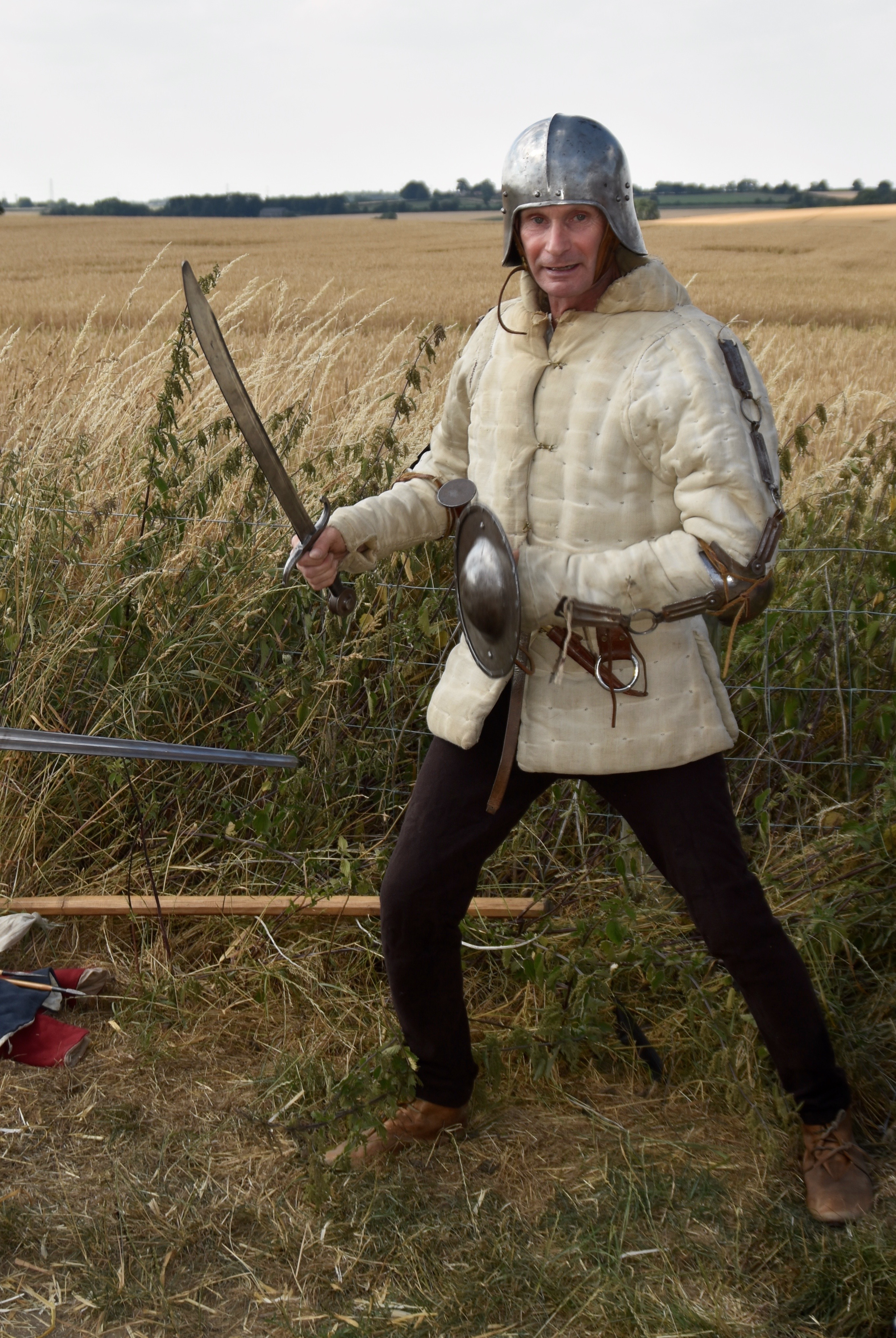
Yesterday at Tewkesbury we saw how the knights would armour themselves for battle and today we get a demonstration of how the ordinary farmer could be transformed into a medieval killing machine.
After this we took a short walk to this bucolic scene.
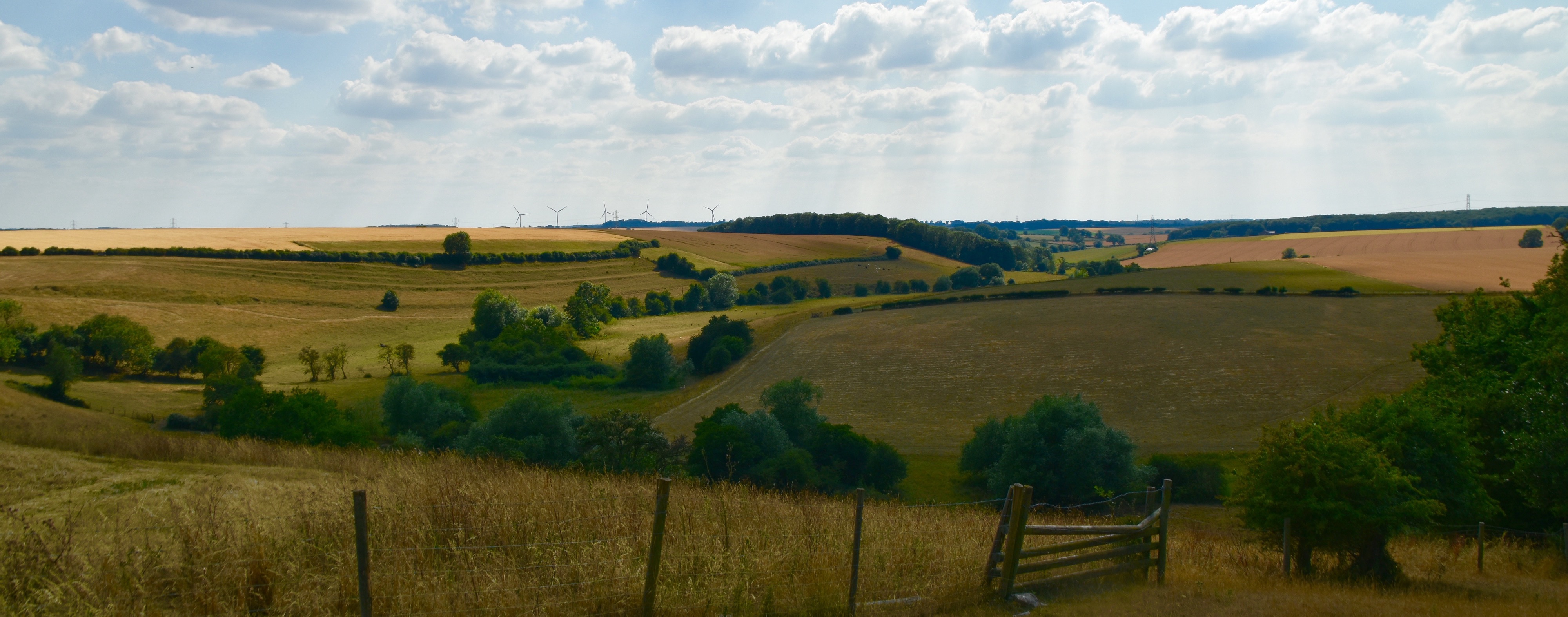
It wasn’t that way on Palm Sunday 1461 when thousands of Lancastrian troops were driven over this ridge and down to the small stream below where they were slaughtered and the water ran red for days afterward. The Battle of Towton was ultimately a definitive York victory that secured the throne for Edward IV and forced Henry VI to flee to France. There would never be a another battle as large or as bloody as this on British soil.
If you are interested in more detail on the Battle of Towton and in particular how modern archaeology is adding to what we know about it, take the time to watch this excellent documentary.
In the meantime Liberation Tours heads for the city of York. Hope you’ll come along and we can walk the walls together.

